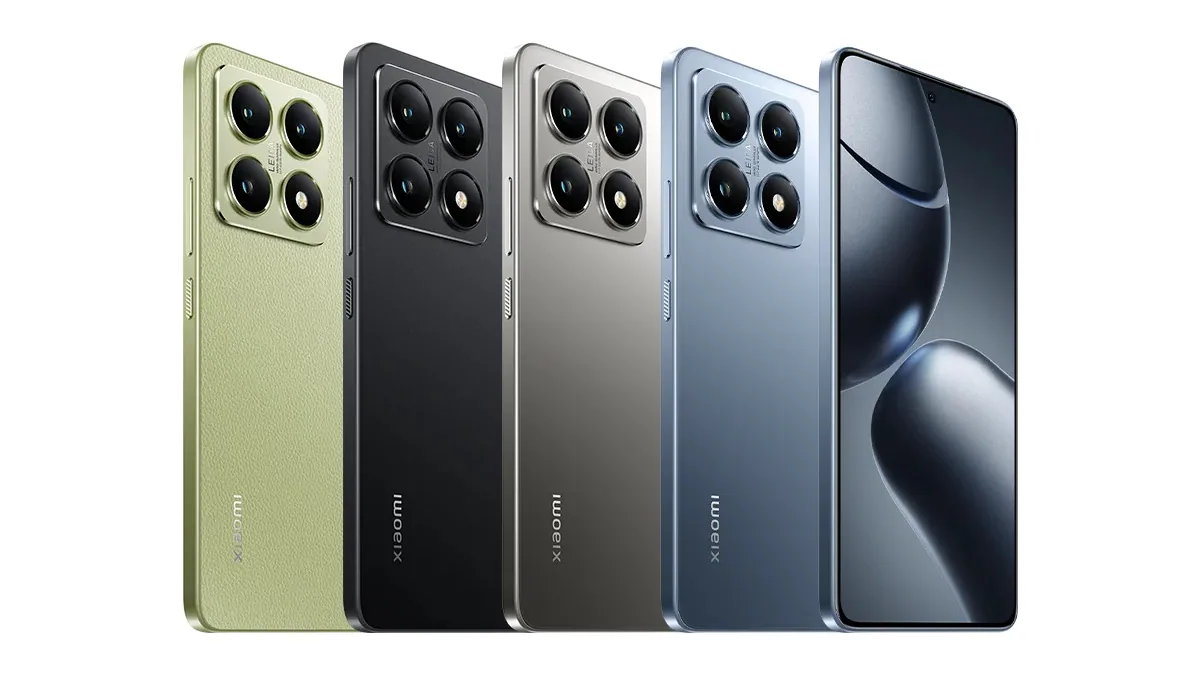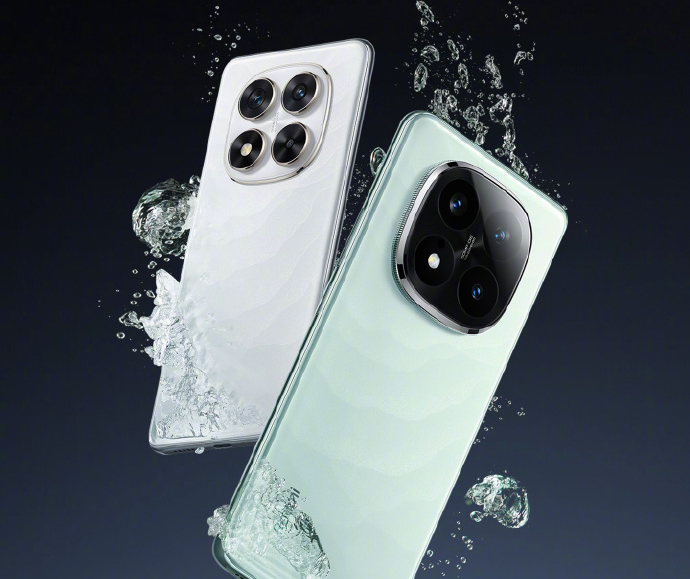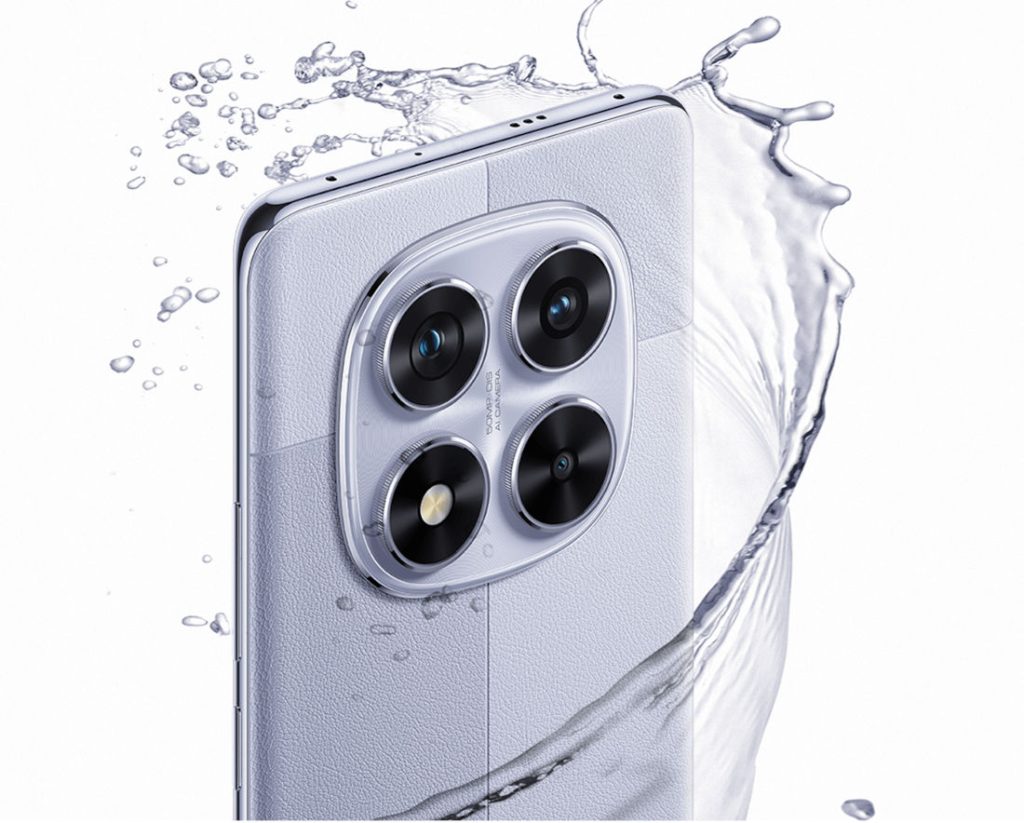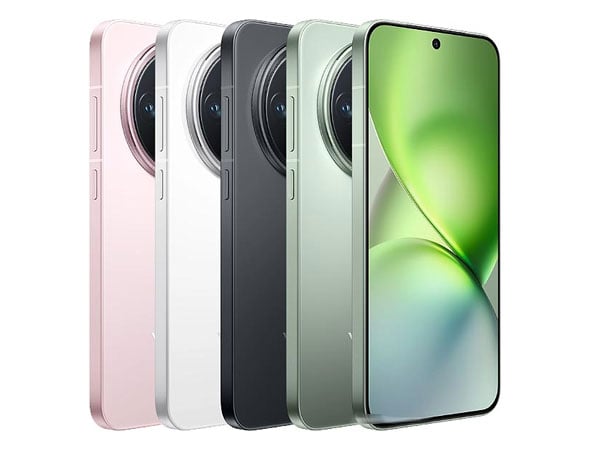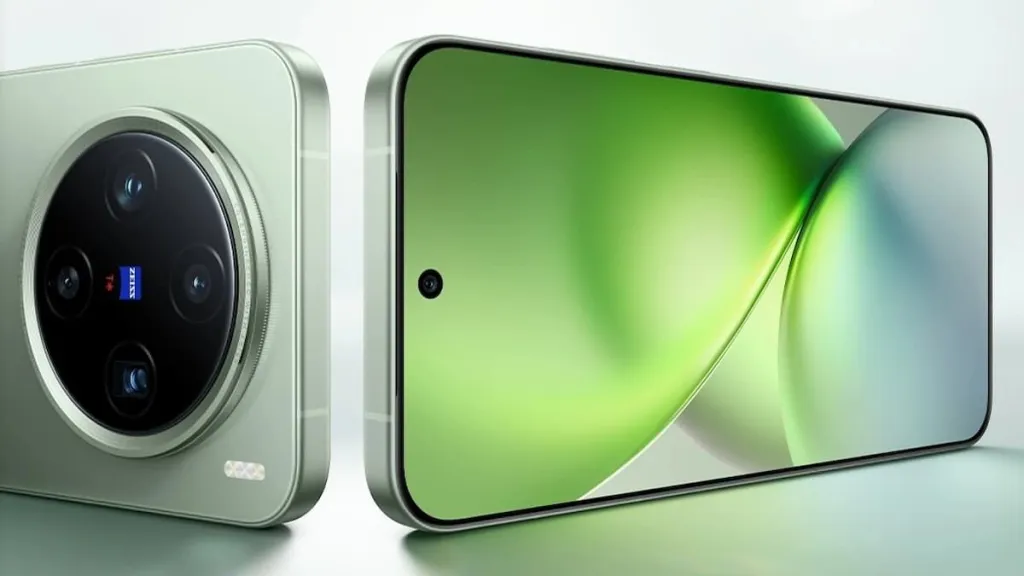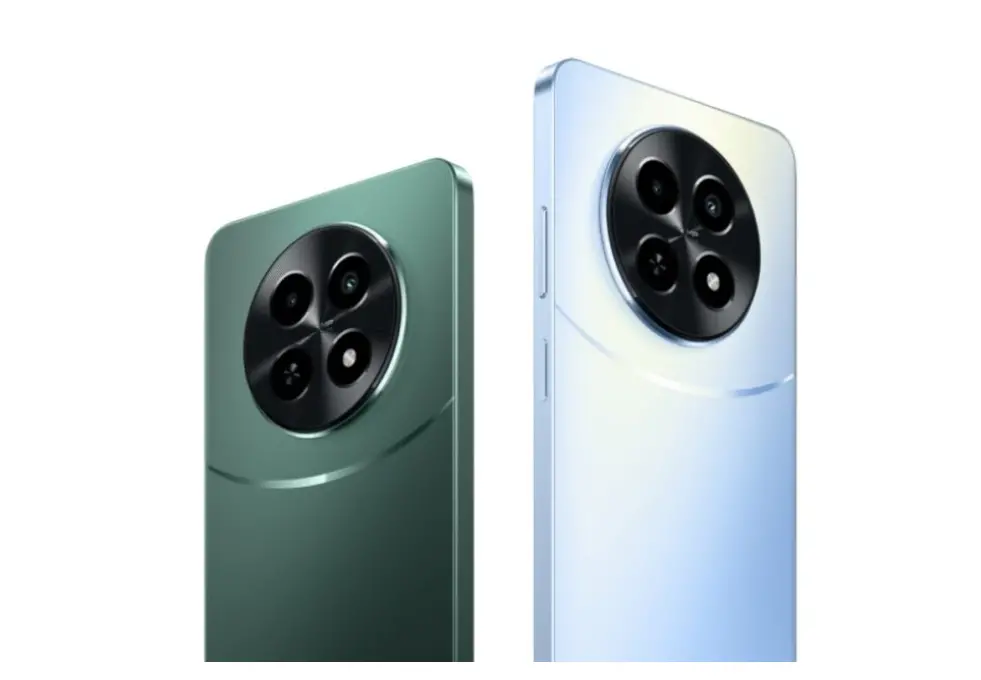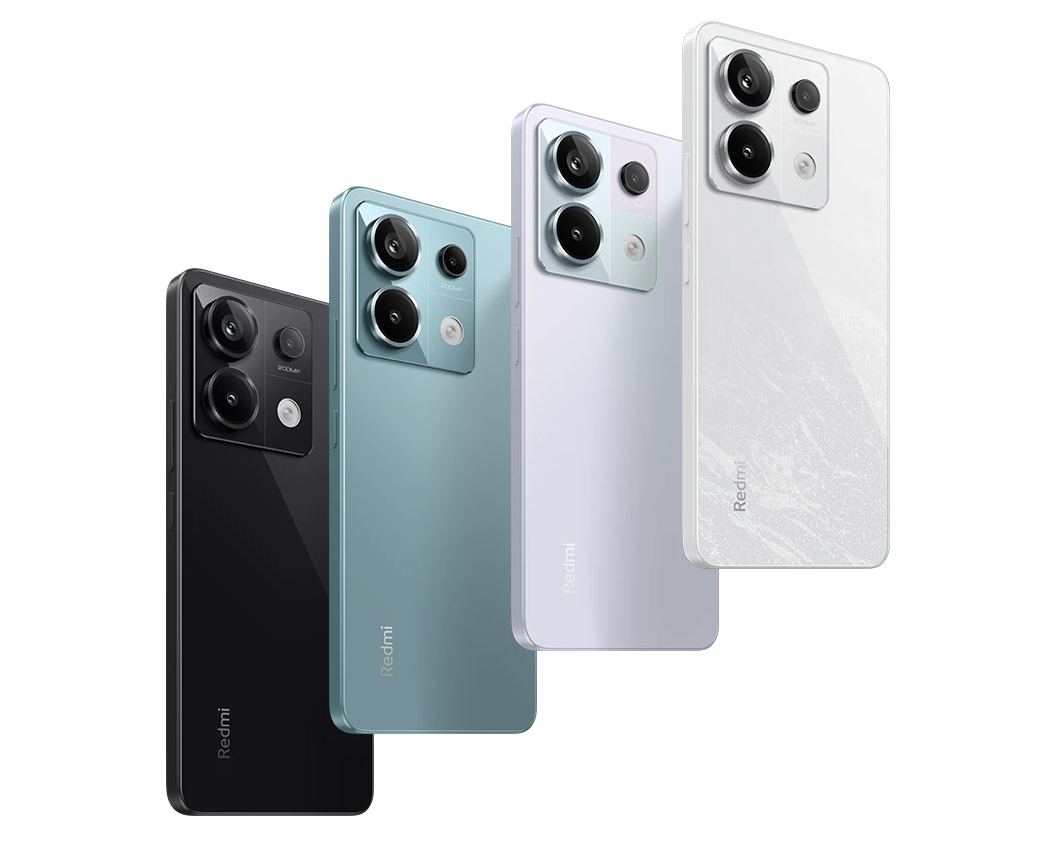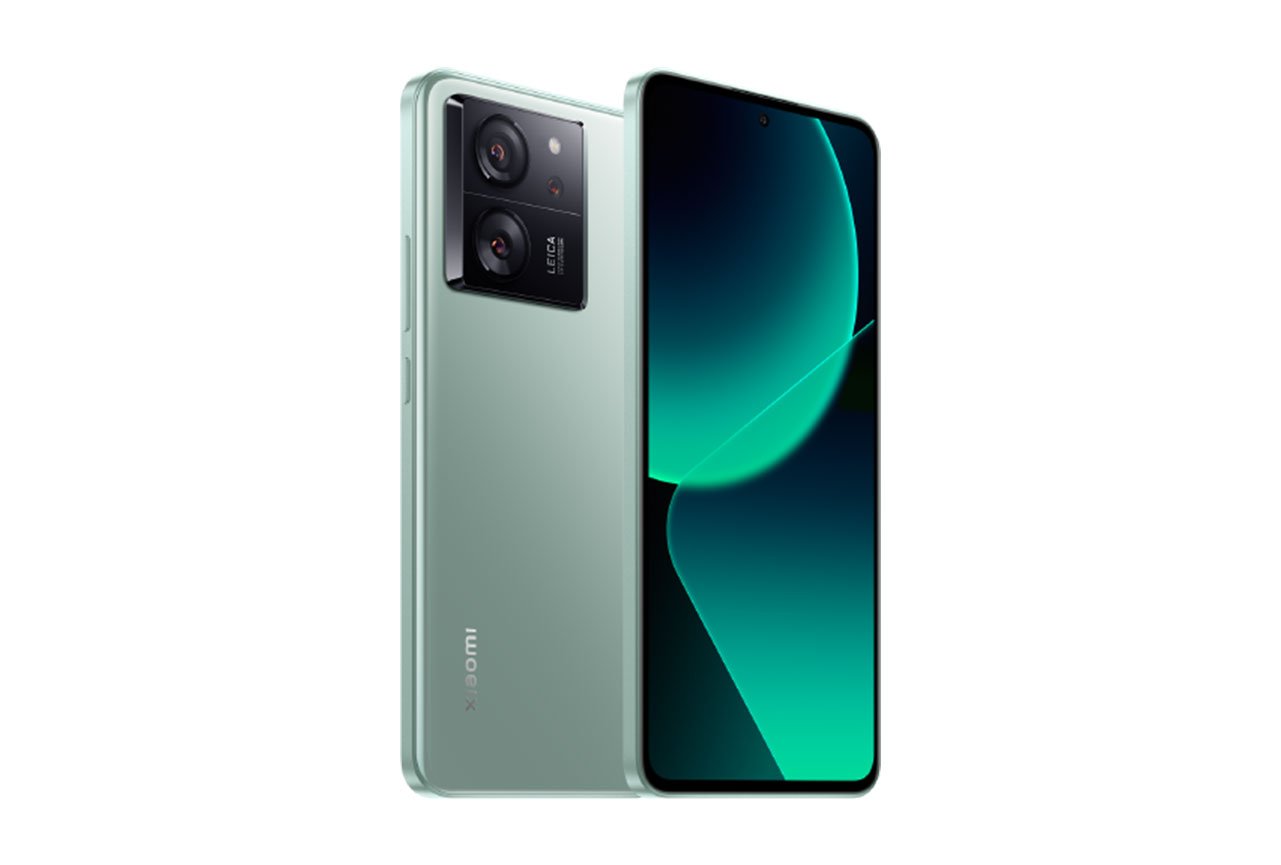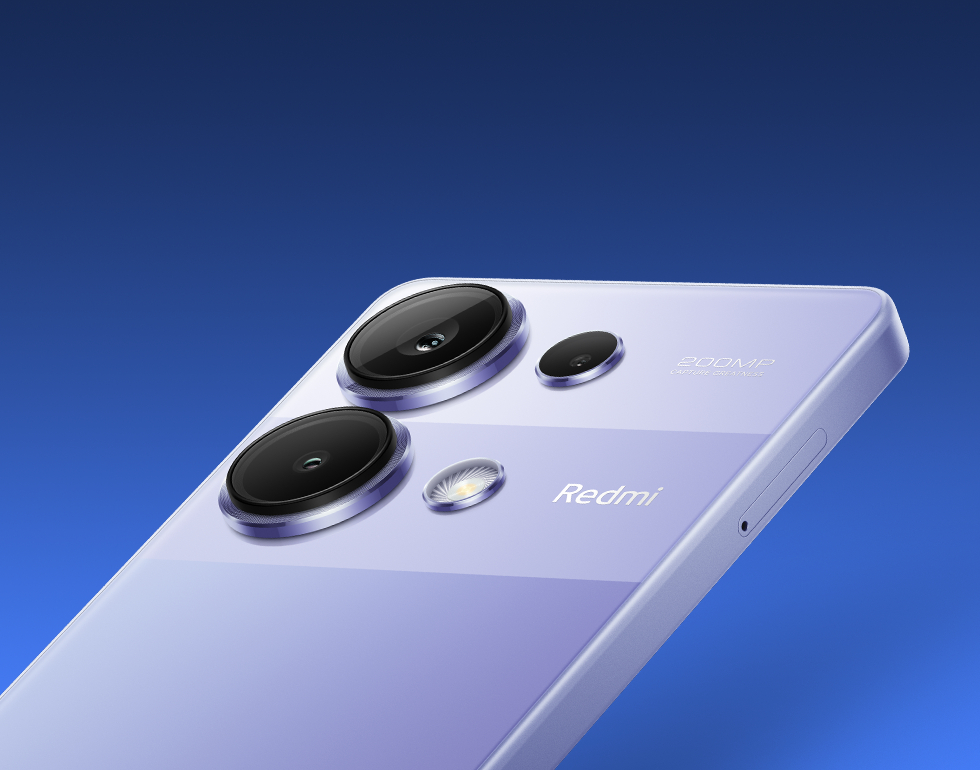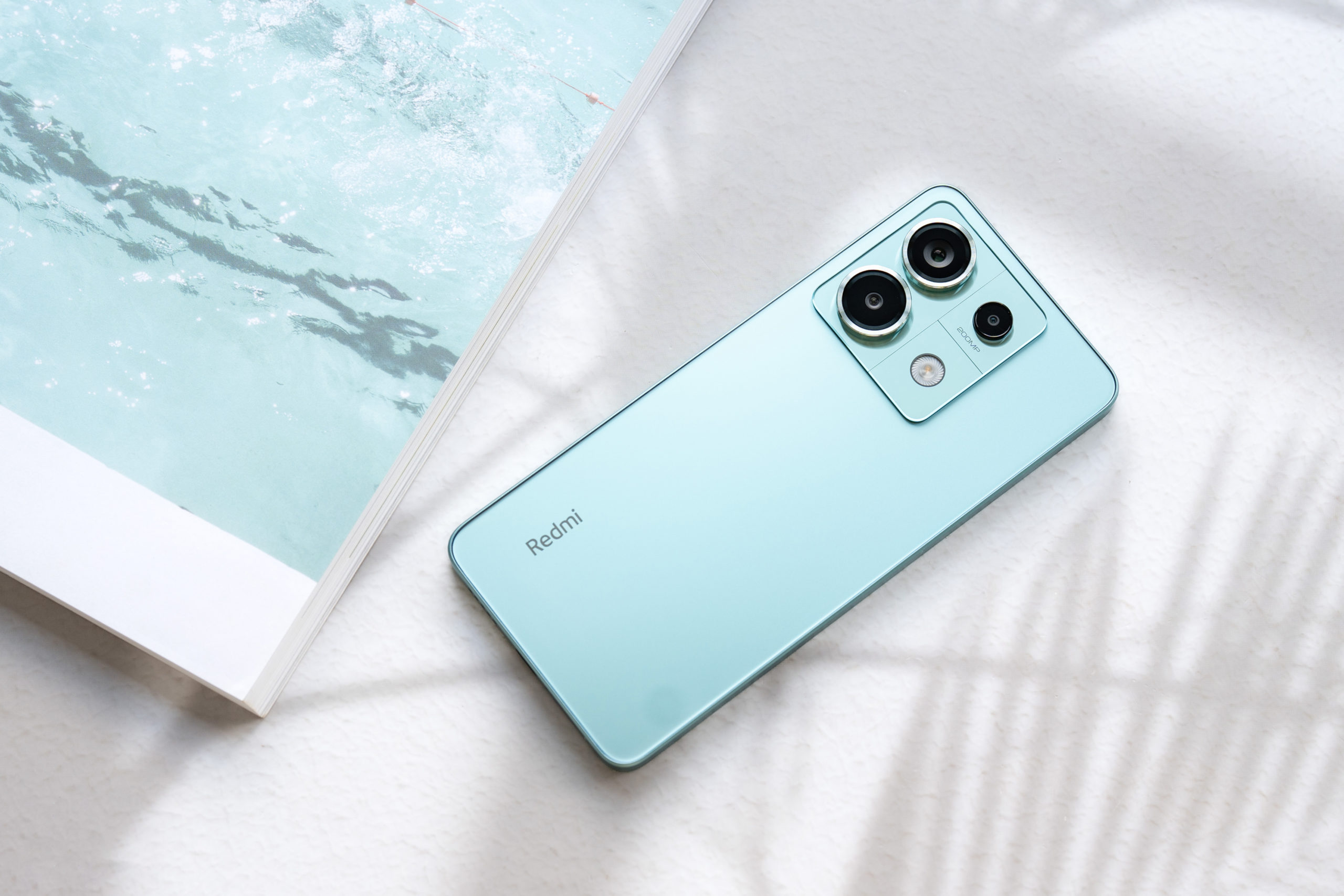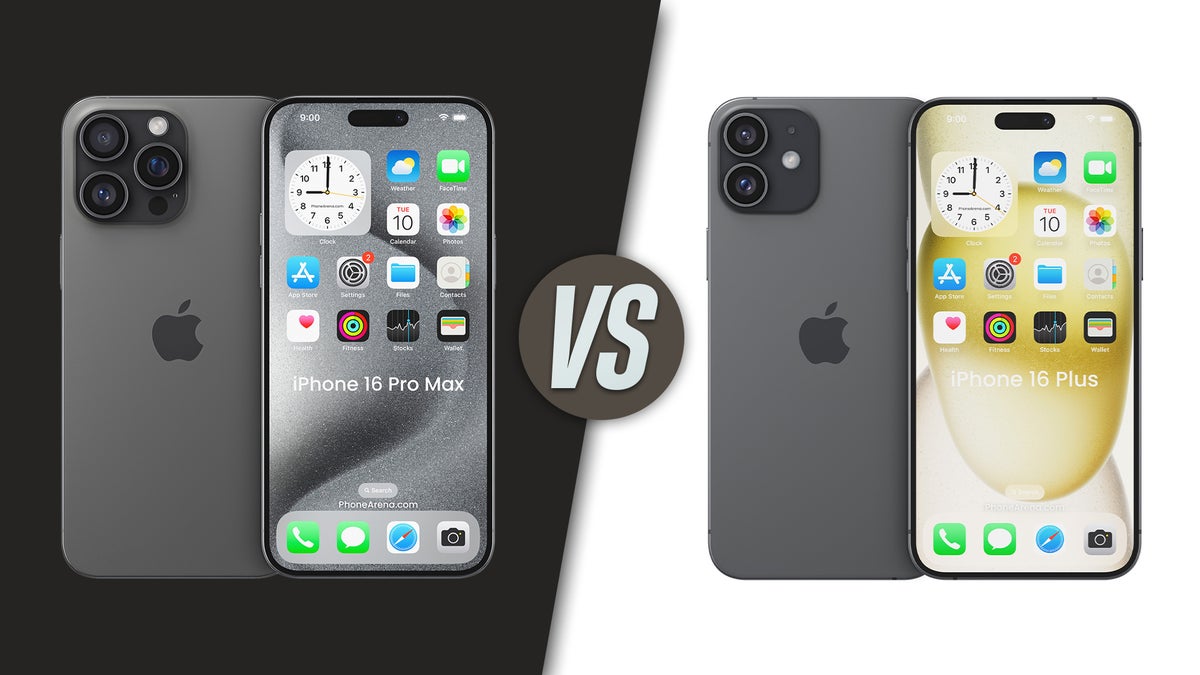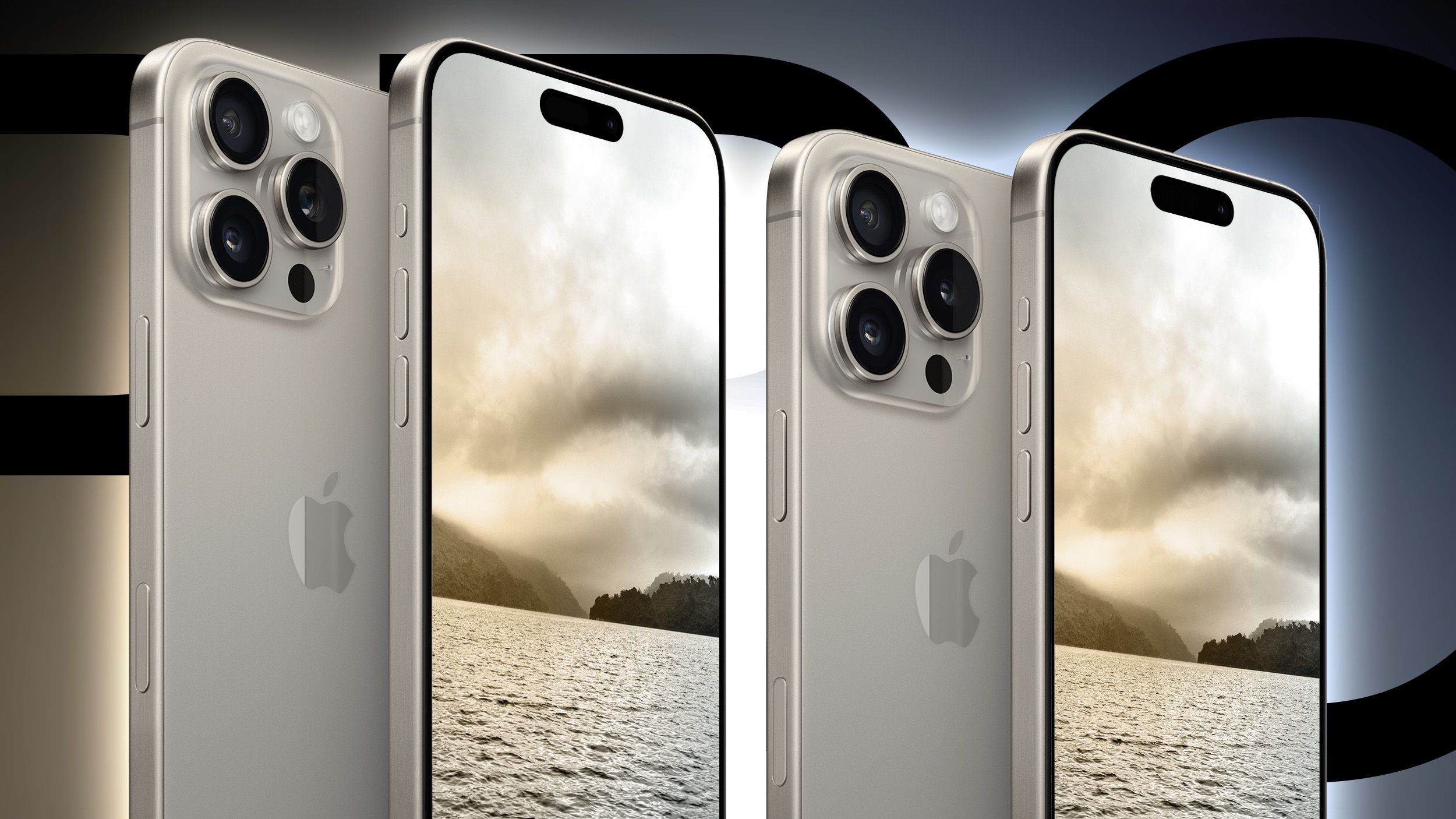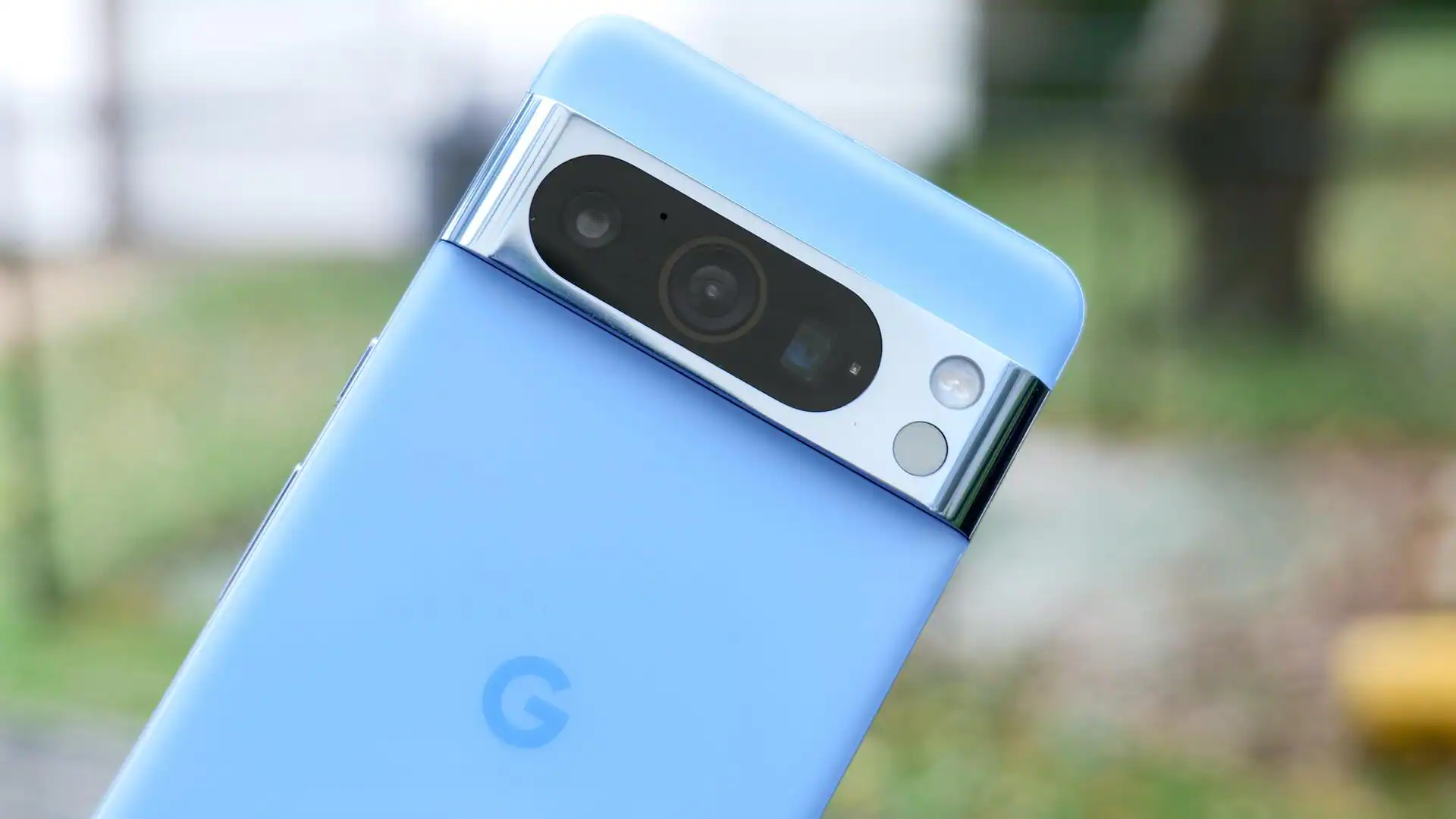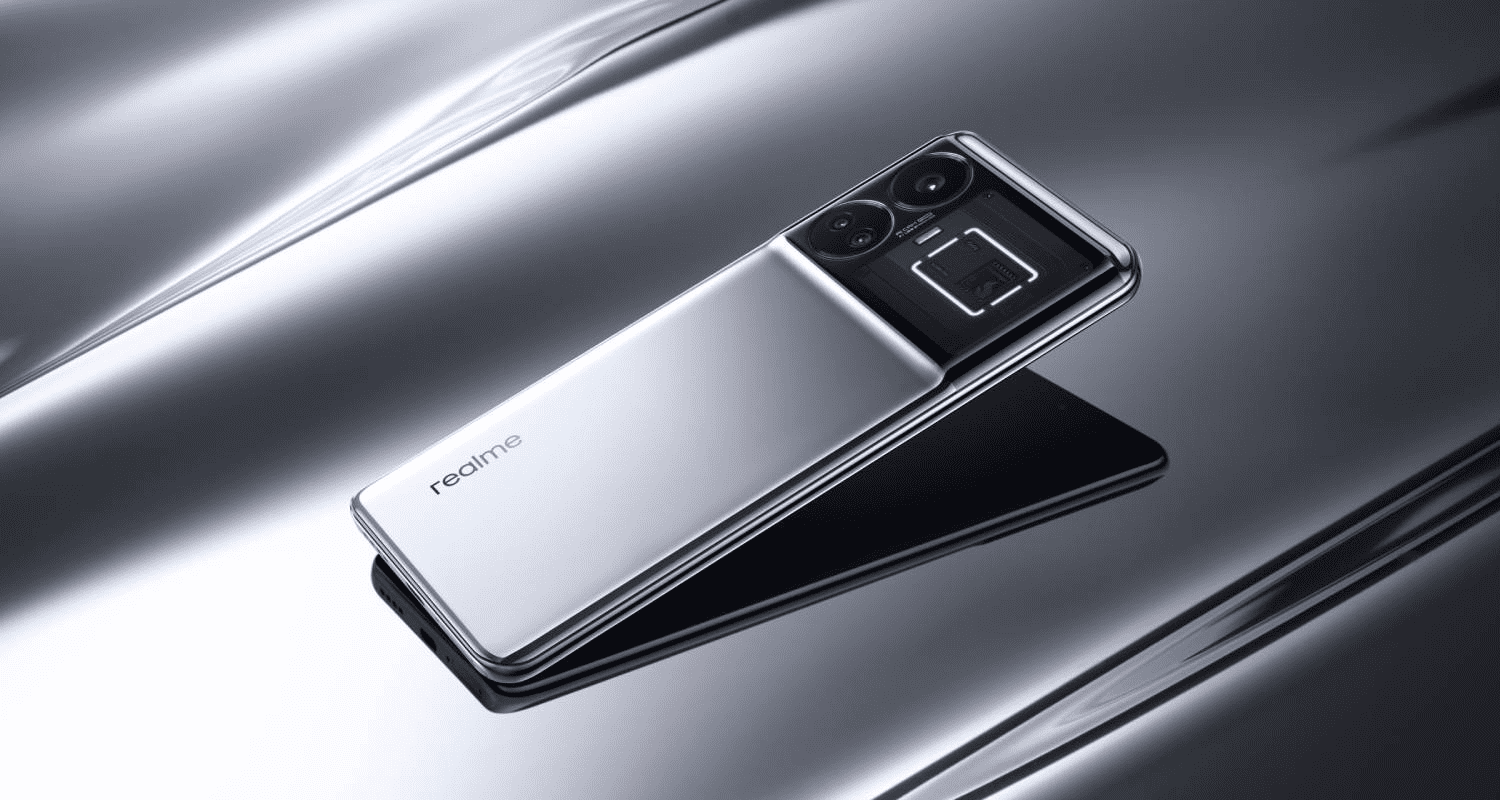Leading smartphone brands often take a familiar two-tier strategy: they simplify their flagship models and reduce costs to appeal to a broader audience. Xiaomi, however, takes a slightly different approach compared to its Western counterparts. It leverages its China-exclusive sub-brands for subtle rebranding, achieving similar results. The Xiaomi 14T Pro is the latest in this lineup, bringing back Leica for a photography boost without sacrificing performance.

The Xiaomi 14T Pro shares more similarities with last year’s 13T Pro than the recently launched Xiaomi 14, but that’s not necessarily a bad thing. I liked the 13T Pro’s camera capabilities and near-flagship power. Add to that some of the fastest wired and wireless charging available for the price, a splash of AI, and an impressive amount of storage, and the 14T Pro looks like another strong contender. At £649 for the 12GB+256GB base model, it comfortably undercuts mainstream models from Samsung and Google. But with competitors pushing unique designs, is Xiaomi’s incremental upgrade enough to stand out?
Design & Build: Familiar Yet Functional
Flat screens and squared-off frames are all the rage in smartphones, and the Xiaomi 14T Pro follows this trend. While the design resembles the Xiaomi 14 flagship, it isn’t a complete replica. The metal frame now has a matte finish, and the frosted rear glass is excellent at hiding fingerprints. The textured power button is a thoughtful addition that makes it easier to locate by touch.
The design hints at Xiaomi borrowing elements from its China-only Redmi K70 Extreme Edition, which results in a more premium metal frame rather than the plastic found on the Xiaomi 13T Pro. The rear camera module features four distinct lenses, though one is dedicated to the LED flash. This layout adds a subtle symmetry, and the Leica and Xiaomi logos are minimalistic.
At 6.67 inches, the Xiaomi 14T Pro joins a crowded market of large-screen phones, and it doesn’t stand out as much as the Xiaomi 14’s distinctive screen size. The muted color options—Titan Gray, Black, and Blue—are a bit conservative and don’t do much to differentiate the phone. However, it does have an IP68 rating, which protects against dust and water.
An IR blaster, common in Chinese phones but rare in Western markets, sits on the top edge. It’s useful for controlling older devices but less so if you’re invested in smart home ecosystems.
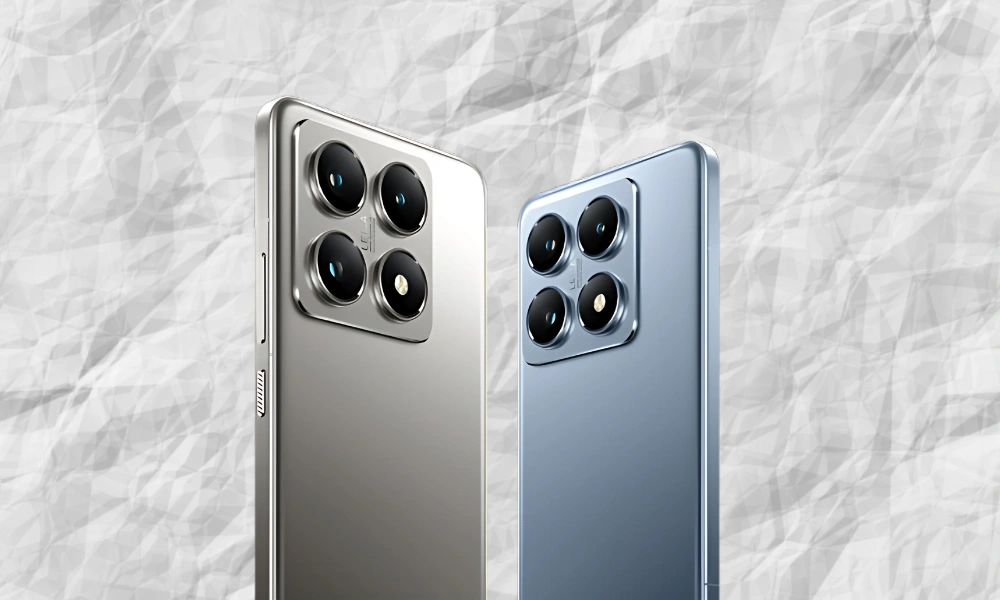
Screen & Sound: Brightness Boost
The Xiaomi 14T Pro’s AMOLED display doesn’t stray too far from its predecessor’s specs. It still has a 6.67-inch screen, a sharp Full HD+ resolution, and a smooth 144Hz dynamic refresh rate. Like last year’s model, it features Gorilla Glass 5 and supports HDR10+.
However, brightness has seen a significant upgrade, now reaching a peak of 4000 nits in HDR mode, making photos shot in Google’s Ultra HDR format pop off the screen. Even on sunny days, I had no trouble viewing the display outdoors.
The stereo speakers, while loud, still lack balance. The down-firing speaker overpowers the earpiece, and bass is minimal, making headphones a better option for extended listening.
Cameras: Leica’s Magic Touch
Leica returns to the 14T Pro’s camera system, offering both Authentic and Vibrant styles for the three rear lenses. The main camera features the same 50MP sensor as the Xiaomi 14, with a bright f/1.6 aperture for improved low-light performance. The 50MP telephoto lens now offers 2.6x magnification, ideal for portrait shots, while the ultrawide camera remains unchanged. On the front, there’s a 32MP selfie camera with an improved aperture for better night shots.
The phone handles a wide range of photography scenarios well, though close-up shots suffer from a narrow focus window. Portrait shots occasionally reveal the digital depth effects, especially around loose strands of hair, but the results are generally pleasing. Night-time performance is solid on the main and telephoto lenses, though the ultrawide struggles with detail.
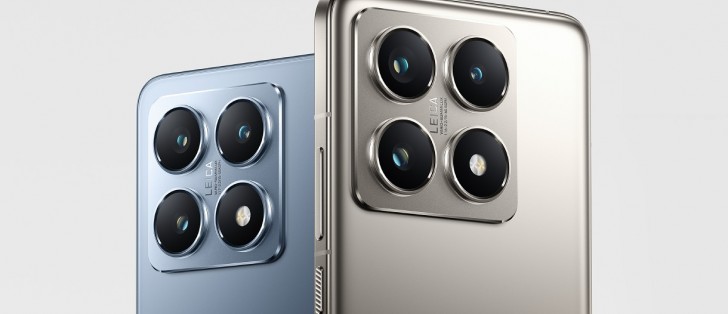
Software: Not Much Has Changed
Xiaomi’s new HyperOS doesn’t stray too far from the previous MIUI interface. The iOS-like split between notifications and quick settings remains, along with a lack of an app drawer by default. There’s a lot of preinstalled Xiaomi and third-party apps, many of which are focused on pushing ads or selling services.
Xiaomi has added a few AI features, including a voice assistant, AI-powered photo editing, and generative text-to-image tools. However, none of these feel particularly revolutionary. The phone is promised four years of Android updates and five years of security patches, which is decent, though behind Samsung and Google’s seven-year commitment.
Performance & Battery Life: A Strong Performer
Powered by the MediaTek Dimensity 9300+ chipset, the Xiaomi 14T Pro delivers flagship-level performance, even surpassing the Snapdragon 8 Gen 3 in some tests. The 12GB of RAM ensures smooth multitasking and quick game loading. While not a major leap forward from the previous model, the performance boost will be noticeable for anyone upgrading from an older phone.
The phone offers ample storage options, with models ranging from 256GB to a massive 1TB. Battery life is excellent, thanks to the efficient chipset and 5000mAh capacity. On a typical day, I ended with about 30% battery remaining. Xiaomi has also brought back 120W wired charging and 50W wireless charging, although there’s no power brick included in the box. With the right charger, the phone can recharge in just over 30 minutes.
Verdict: A Powerful All-Rounder
The Xiaomi 14T Pro delivers a lot of value for its price. It has a powerful chipset, excellent cameras, and one of the fastest charging systems available. While the design may not turn heads, and low-light performance could improve, it’s a solid sub-flagship option. If you’re after high storage capacity and performance at a lower price than Samsung or Google alternatives, the Xiaomi 14T Pro is a smart choice.
Pros:
- Impressive main and zoom cameras with Leica’s distinctive color options
- Premium build quality with an excellent OLED display
- Great battery life and fast charging
Cons:
- Design is somewhat generic
- Low-light imaging could be better
Score: 5/5
The Xiaomi 14T Pro starts at £649 for the 12GB+256GB model, which translates to approximately $800 USD. This places it competitively below the recent mainstream models from Samsung and Google in terms of pricing.
Conclusion:
The Xiaomi 14T Pro offers an excellent value for those looking for flagship-like performance at a more affordable price. It brings together a high-end OLED display, premium build quality, impressive Leica-enhanced cameras, and lightning-fast charging speeds. While its design may feel a bit generic and low-light imaging isn’t class-leading, it’s still a solid choice for those who prioritize performance, battery life, and storage options over flashy aesthetics. At approximately $800 USD, it undercuts many of its rivals, making it a great option for budget-conscious buyers seeking flagship capabilities without the premium price tag.
